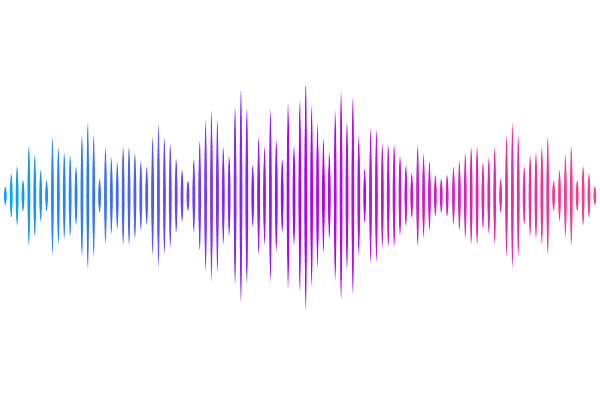How muscle ageing affects rapid goal-directed movement: mechanistic insights from a simple model

How muscle ageing affects rapid goal-directed movement: mechanistic insights from a simple model
Polet, D. T.; Richards, C. T.
AbstractAs humans and other animals age, passive and active muscle properties change markedly, with reduced peak tension, peak strain rate, activation and deactivation rate, and increased parallel stiffness. It is thought that these alterations modify locomotor performance, but establishing causal links is difficult when many parameters vary at once. We developed a simplified model of a single joint with two antagonistic Hill-type muscles, and varied the associated muscle parameters combinatorially over a large range. For a given parameter combination, we found optimal joint movements that minimized cumulative squared error to a target while starting and ending at rest. Emergent behaviour from the optimisations compared well to ballistic point-to-point arm movements in humans. Age-associated reductions of maximum isometric force, maximum strain rate and activation rate all had detrimental effects on performance, independent of other parameters. In contrast, deactivation time and passive parallel stiffness had no effect on performance on their own, but pronounced interactive effects with each other. Increasing stiffness reduced joint movement time at fast deactivation rates, but increased movement time at slow deactivation rates. This occurs because antagonist muscles resist the passive tension at rest, but are stretched eccentrically by the agonist, amplifying their active resistive force. Fast-deactivating muscles can avoid this resistive effect, allowing the passive stiffness to amplify accelerating force and enhance performance. In all cases, coactivation emerged during and after the braking period, and during the acceleration phase when stiffness increased. As deactivation time increased, so too did coactivation levels-- but coactivation was not generally associated with a reduction in performance. Our simulations offer evidence that age-related changes in muscle strength, activation time and maximum contraction velocity could lead to reductions in ballistic performance in a goal-directed task, but the effects of increased muscle stiffness and deactivation time depend on their relative values.